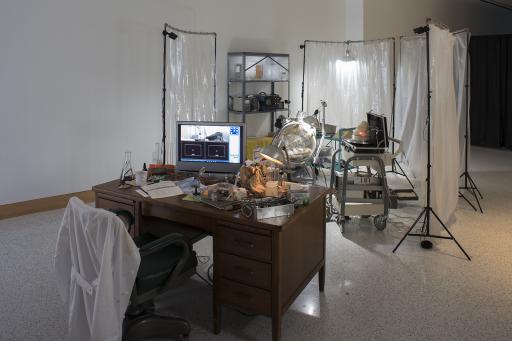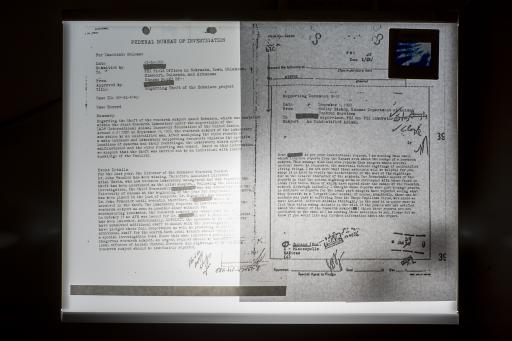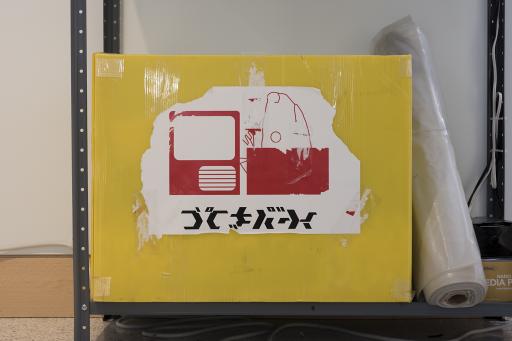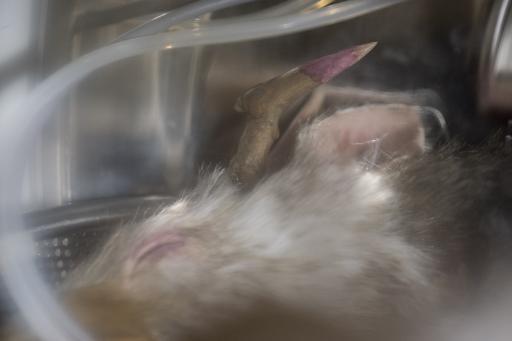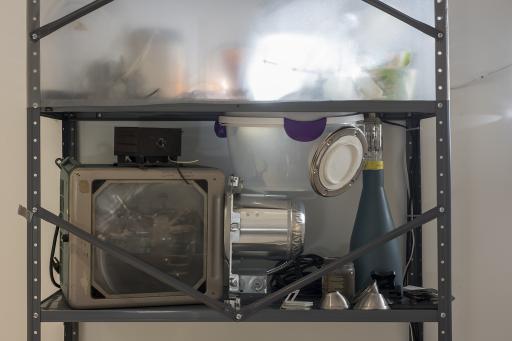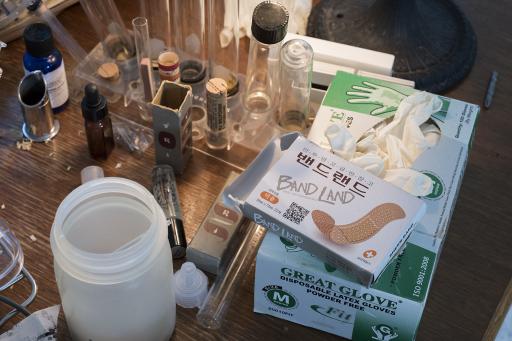Kansas Bokaisen Project, Park Jaeyoung
Artwork Overview
Park Jaeyoung, artist
born 1981
Kansas Bokaisen Project,
2016
Where object was made: North and Central America
Material/technique: mixed-media installation
Credit line: Courtesy of the artist
Accession number: IA2016.005
Not on display
If you wish to reproduce this image, please submit an image request
